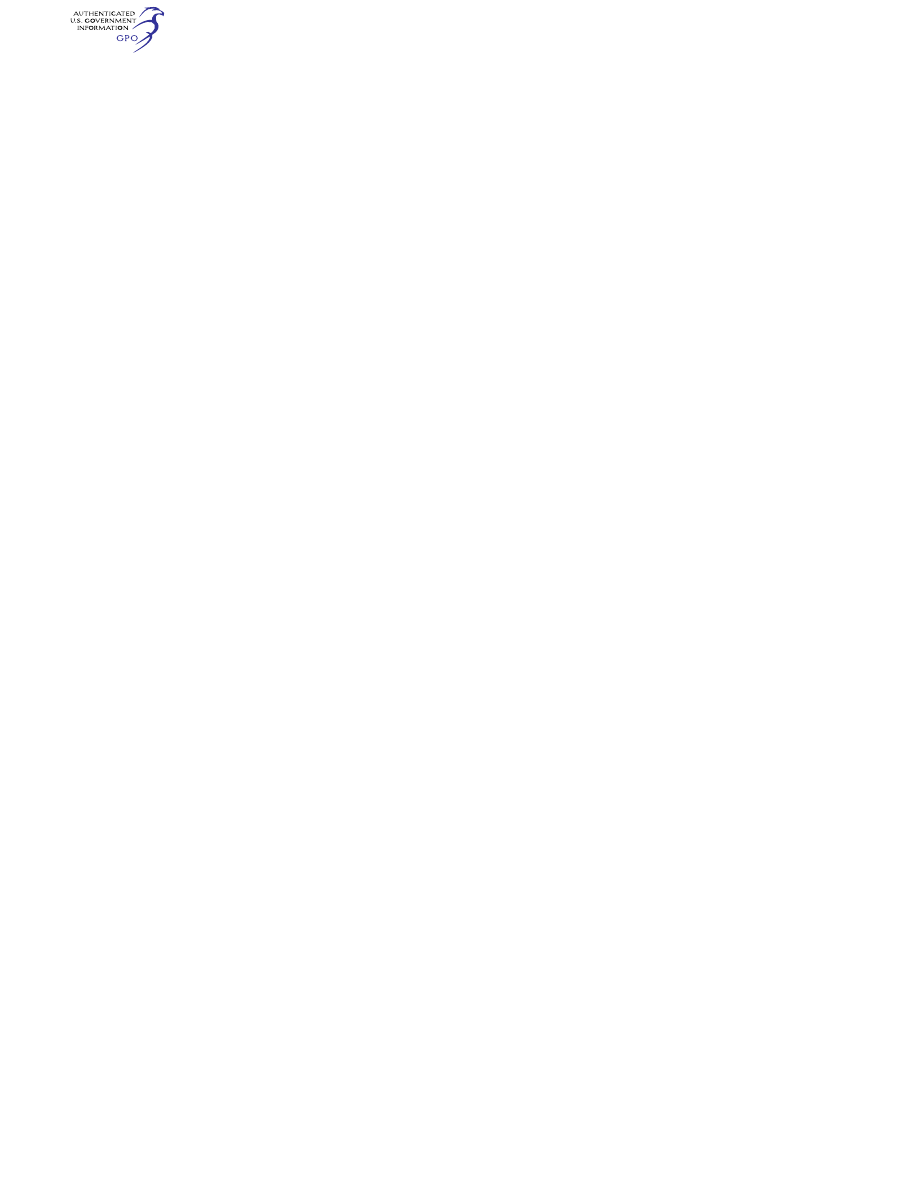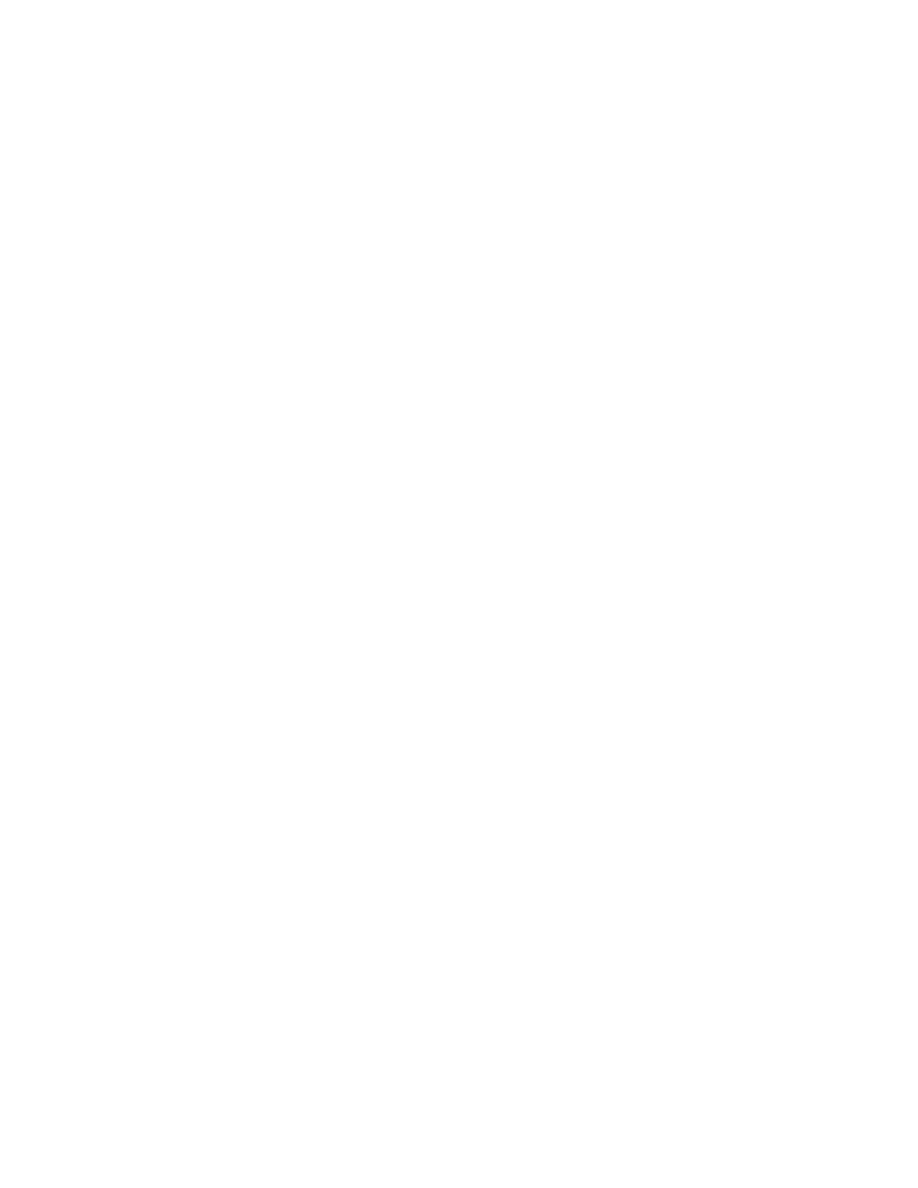
312
14 CFR Ch. I (1–1–24 Edition)
§ 25.925
peaks and resonant conditions,
throughout the operational envelope of
the airplane by either:
(1) Measurement of stresses or loads
through direct testing or analysis
based on direct testing of the propeller
on the airplane and engine installation
for which approval is sought; or
(2) Comparison of the propeller to
similar propellers installed on similar
airplane installations for which these
measurements have been made.
(b) The applicant must demonstrate
by tests, analysis based on tests, or
previous experience on similar designs
that the propeller does not experience
harmful effects of flutter throughout
the operational envelope of the air-
plane.
(c) The applicant must perform an
evaluation of the propeller to show
that failure due to fatigue will be
avoided throughout the operational life
of the propeller using the fatigue and
structural data obtained in accordance
with part 35 of this chapter and the vi-
bration data obtained from compliance
with paragraph (a) of this section. For
the purpose of this paragraph, the pro-
peller includes the hub, blades, blade
retention component and any other
propeller component whose failure due
to fatigue could be catastrophic to the
airplane. This evaluation must include:
(1) The intended loading spectra in-
cluding all reasonably foreseeable pro-
peller vibration and cyclic load pat-
terns, identified emergency conditions,
allowable overspeeds and overtorques,
and the effects of temperatures and hu-
midity expected in service.
(2) The effects of airplane and pro-
peller operating and airworthiness lim-
itations.
[Amdt. 25–126, 73 FR 63345, Oct. 24, 2008]
§ 25.925
Propeller clearance.
Unless smaller clearances are sub-
stantiated, propeller clearances with
the airplane at maximum weight, with
the most adverse center of gravity, and
with the propeller in the most adverse
pitch position, may not be less than
the following:
(a)
Ground clearance. There must be a
clearance of at least seven inches (for
each airplane with nose wheel landing
gear) or nine inches (for each airplane
with tail wheel landing gear) between
each propeller and the ground with the
landing gear statically deflected and in
the level takeoff, or taxiing attitude,
whichever is most critical. In addition,
there must be positive clearance be-
tween the propeller and the ground
when in the level takeoff attitude with
the critical tire(s) completely deflated
and the corresponding landing gear
strut bottomed.
(b)
Water clearance. There must be a
clearance of at least 18 inches between
each propeller and the water, unless
compliance with § 25.239(a) can be
shown with a lesser clearance.
(c)
Structural clearance. There must
be—
(1) At least one inch radial clearance
between the blade tips and the airplane
structure, plus any additional radial
clearance necessary to prevent harmful
vibration;
(2) At least one-half inch longitudinal
clearance between the propeller blades
or cuffs and stationary parts of the air-
plane; and
(3) Positive clearance between other
rotating parts of the propeller or spin-
ner and stationary parts of the air-
plane.
[Doc. No. 5066, 29 FR 18291, Dec. 24, 1964, as
amended by Amdt. 25–72, 55 FR 29784, July 20,
1990]
§ 25.929
Propeller deicing.
(a) If certification for flight in icing
is sought there must be a means to pre-
vent or remove hazardous ice accumu-
lations that could form in the icing
conditions defined in Appendix C of
this part and in the portions of Appen-
dix O of this part for which the air-
plane is approved for flight on propel-
lers or on accessories where ice accu-
mulation would jeopardize engine per-
formance.
(b) If combustible fluid is used for
propeller deicing, §§ 25.1181 through
25.1185 and 25.1189 apply.
[ Doc. No. 5066, 29 FR 18291, Dec. 24, 1964, as
amended by Amdt. 25–140, 79 FR 65525, Nov. 4,
2014]
§ 25.933
Reversing systems.
(a) For turbojet reversing systems—
(1) Each system intended for ground
operation only must be designed so
that during any reversal in flight the
engine will produce no more than flight
VerDate Sep<11>2014
09:06 Jun 28, 2024
Jkt 262046
PO 00000
Frm 00322
Fmt 8010
Sfmt 8010
Y:\SGML\262046.XXX
262046
jspears on DSK121TN23PROD with CFR
